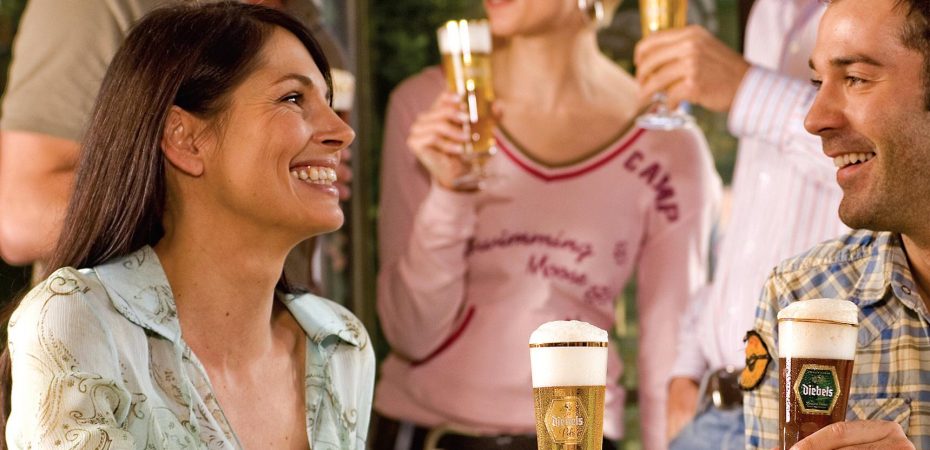Germany enjoys such renown and respect for its lager beers that it comes as a shock to many people to discover other styles in that country. The wheat beers of Bavaria, members of the ale family, have enjoyed a major revival. Now, further north, beers made by warm fermentation are acquiring greater appreciation and are being reinterpreted abroad, in the United States in particular. The style is often called Amber in the United States.
“Alt” means old in German. In the context of beer, it means a style that predates the introduction of lagering and cold fermentation on a commercial scale in the 19th century. While Alt – sometimes labelled Altbier – is brewed in small amounts in Hanover and Münster, its traditional home is the city of Düsseldorf. Close to both the Dutch and Belgian borders, Düsseldorf was once a major coalmining area. This may explain some similarity between the Alt beers of the city and the saisons of Wallonia and the bières de garde of Northern France: they were fashioned to refresh people after a hard day’s labour at the coal face or in the fields. With their copper colour, Alt beers are also similar to English bitter or pale ale, but the resemblance should not be exaggerated. This is a classic style in its own right and its growing popularity in its heartland and throughout Germany suggests that younger drinkers do not consider Old beer to be fit only for pensioners.
Just as English bitter or pale ale will vary from brewery to brewery, there is no such thing as a typical Alt beer. Pale malt, usually of the Pilsner type, may be blended with Munich or even a small proportion of black malt. Fermenters may be open or closed, and both infusion and decoction mashing are used.
Infusion is a system used by most ale brewers in Britain: malt and water are mixed in a mash tun at a constant temperature and natural enzymes in the grain convert starch to fermentable sugar.
Decoction mashing, widely used by European lager brewers, tackles the problem presented by poorer quality malt. A proportion of the mash is moved from one mashing vessel to a second one, heated to a higher temperature and then returned to the first vessel, raising the temperature of the entire mash. Whether infusion or decoction, the aim is for a beer with a firm, rounded maltiness underscored by generous aromatic hoppiness. The beers will be stored for up to a month before being released to trade.
Of all my quests for good beer, few have been more pleasurable than my search for Alt in Düsseldorf with its charming cobbled town centre lit by gas lamps. It’s known as the Altstadt, or Old Town, a fitting name for an area with several brew pubs that specialise in Alt. Im Füschen, the Little Fox, in Ratinger Street, is a vast, cavernous building with red-tiled floors, and wooden benches and tables, where pork dishes are served alongside small glasses of Alt that come straight from casks on the bar. The beer is served by its own natural gas and as soon as one cask is drained another is delivered by a dumb waiter to the bar.
Zum Schlüssel, the Key, is in Bolker Street, birthplace of the poet Heinrich Heine. The copper brewing vessels can be seen through a window at the back. A local at the bar raised his glass and confided in me: “After the fifth one you start to taste it.” It’s not just the British who underestimate their greatest achievements.
Article is from Beers of the World Magazine issue 24

